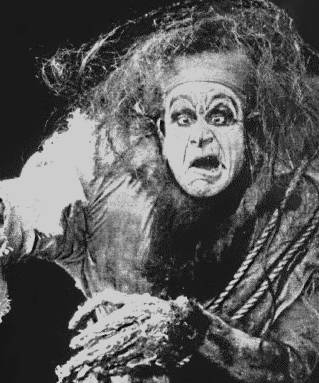
Figure 1 – Charles Ogle as Frankenstein in Thomas Edison’s kinetogram by that name, 1910. From the Wikipedia and in the public domain in the United States because of its age.
The other night I watched the Mel Brooks’ movie “Young Frankenstein.” It got me wondering about early horror movies and early monsters. This in turn raised the inevitable question of what or who was the earliest monster movies. Monsters come in many flavors and one of these is the “man monster,” like Frankenstein. One of the earliest “man monsters” was indeed Frankenstein, brought to life in 1910 by Thomas Edison in his kinetogram “Frankenstein.” The historic photograph of Figure 1 shows Charles Ogle portraying Frankenstein’s monster in this feature. You can, in fact see the whole film on YouTube.
Now what are we looking at? Is the photograph scary? Do we want to scream and run? Probably not. Still i find my eye drawn to the monster’s left hand, a symbol of death, decay, and corruption.What we see, perhaps, is the transition from a heavily emotive stage presence of the nineteenth century to first, the heavily emotive screen presence of the silent movie era and then to the more realistic and subtle emotions of modern films.The image captures the transition.
But there is something more profound in this image. It refers back to a definition of the term monster, which is now politically incorrect. Medically the term monster used to refer to the highly deformed, the miscreated. Remember the late nineteenth century was the time when the great circuses had “freak side shows,” where people gawked at the deformed.
To those times, “man monsters” flew in the face of the belief that man was created in the image of God. In London at the Royal College of Surgeons is the famous Hunterian Museum with its collection of “man monsters.” This is significant because in its library Darwin did some of his research on the Origin of Species. If species were immutable, never changing, how could one explain the strange variations that surrounded him in glass jars? What did it all mean?
Equally important was the point that these “man monsters” challenged our humanity in other ways. The very “man monster” Frankenstein, is such an important example. Mary Wollstonecraft Shelly gave her novel the title “Frankenstein, The Modern Prometheus.” Prometheus, significantly in mythology gave the human race fire. The novel was published in 1818 when the world was at the dawn of the scientific era. This would prove a time that challenged conventional views and even brought into question the deity’s role as the sole arbiter of life and death.
In the novel, the “monster” is very much the victim of the story. He is a victim that challenges his creator. In many ways he is the hero of the story.
This brings us to another “man monster” of fiction and early twentieth century film. This is Quasimodo, Victor Hugo’s Hunchback of Notre Dame. Who can forget the great moment in Charles Laughton’s 1939 film version, when Quasimodo resumes his place beside the Gargoyles atop the cathedral and watches his beloved Esmeralda depart with Gringoire. He leans against one of these silent stone monsters and sadly says, “Why was I not made of stone like thee?“

Interesting essay; creative connectiveness!